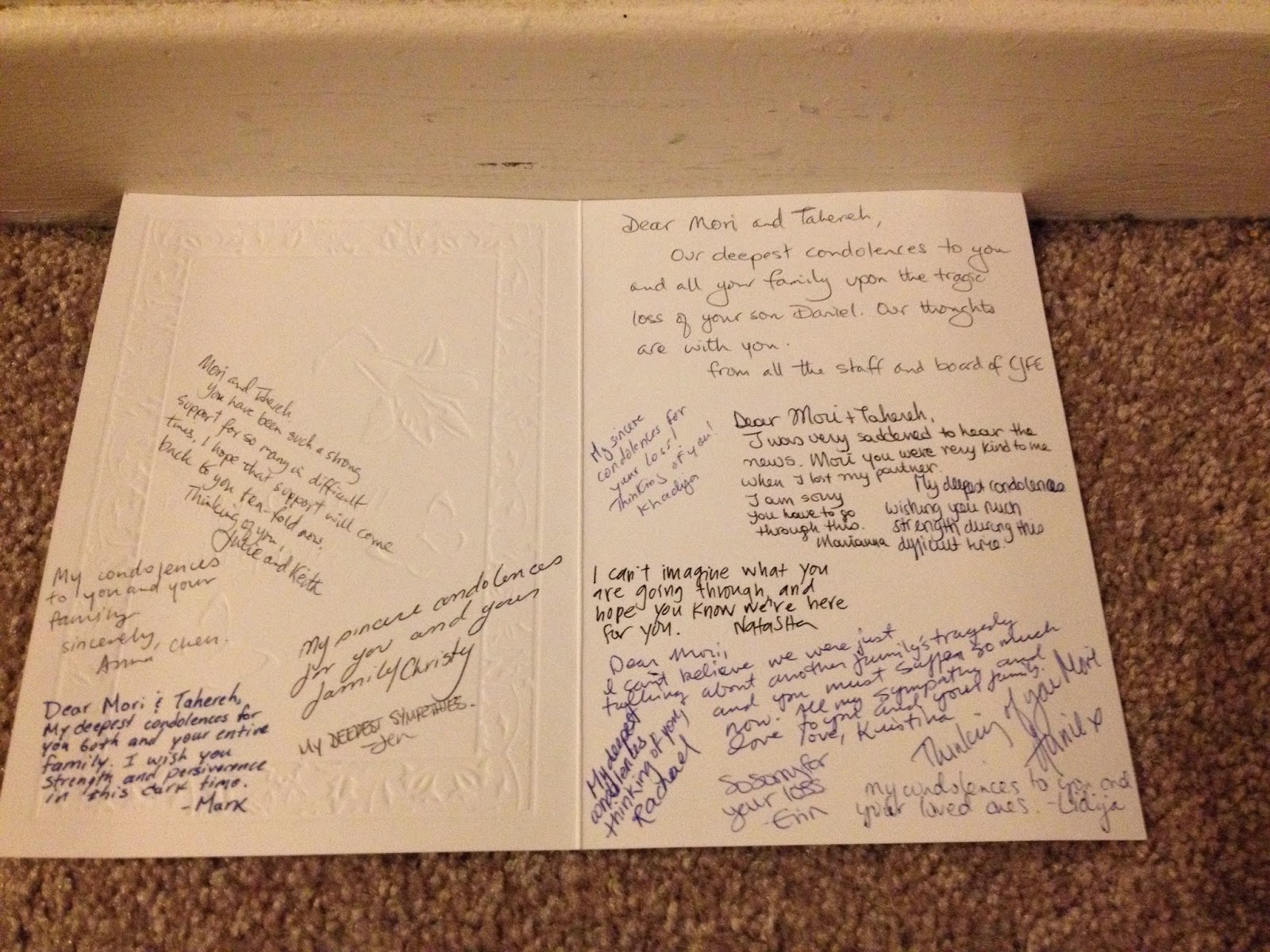Hamilton pedestrians and cyclists are at higher risk of getting hit by cars than the provincial average, and Hamilton has one of the highest rates of pedestrian deaths in the province.
The numbers come from new data from the Social Planning and Research Council, which is looking at the number of pedestrian deaths per 100,000 pedestrian and transit commuters.
Sara Mayo, a social planner with the council, found that Hamilton is second only to Windsor for the number of pedestrians who die while walking, usually by getting hit by vehicles.
She also found that Hamilton pedestrians are as much as 42 per cent more likely to be injured compared to the Ontario rate. The risk to cyclists can be as much as 81 per cent higher than the provincial average.
“It kind of explains why we have a lower rate of cyclist commuters in Hamilton,” she said. “Obviously if people felt safer, there’d be more cyclists on the road.”
Mayo will present some of these findings at a general issues committee meeting Wednesday, when councillors will debate a new pedestrian mobility plan that aims to change street design to incorporate the needs of pedestrians and make walking safer.
She compiled the data using the 2010 Ontario Road Safety Report, Hamilton’s Traffic Safety Report and the most recent census data.
Looking at multiple years, she found that vehicle collisions are down in Hamilton, but pedestrian and cyclist injuries have stayed roughly the same since 2001.
Mayo isn’t certain on the reason for the higher rate, except that Hamilton needs more pedestrian and bicycle-friendly streets. She’s compiling a map of risky roads in the city, and the injuries happen all over Hamilton, she said.
Changing street design
The pedestrian mobility plan is a weighty 244-page document. It’s been in the works for about two years, said Steve Molloy, project manager of Hamilton’s transportation master plan implementation. Traditional street design, the report says, plans for the needs of cars with "the remaining space left over at the edges... used to accommodate pedestrian and cycling needs.'" This plan builds needs of walkers and bikers right into the design and planning.
Its recommendations include:
- Buffer areas between the street and sidewalks.
- A minimum sidewalk width of 1.5m, wide enough for two pedestrians to pass each other.
- Sidewalks on both sides of the street in subdivisions to encourage more people to walk.
- Pedestrian countdown and audible signals for urban and industrial areas.
- Illuminating pedestrian crossings and street signals in urban areas.
- Increasing winter maintenance in urban and suburban areas.
Mayo's report will highlight six pedestrian deaths in the last year, including an 85-year-old man struck at Barton Street East and Kenora on Aug. 30 and Zoe Nudell, 33, who was jogging when an alleged impaired driver hit her at Charlton East and Wentworth South on Oct. 30.
The general issues committee begins at 9:30 a.m. at city hall. Reporter Samantha Craggs will tweet live at @SamCraggsCBC.
Link:
second-most-dangerous-for-pedestrians-in-ont-1.2415830
.JPG)


















